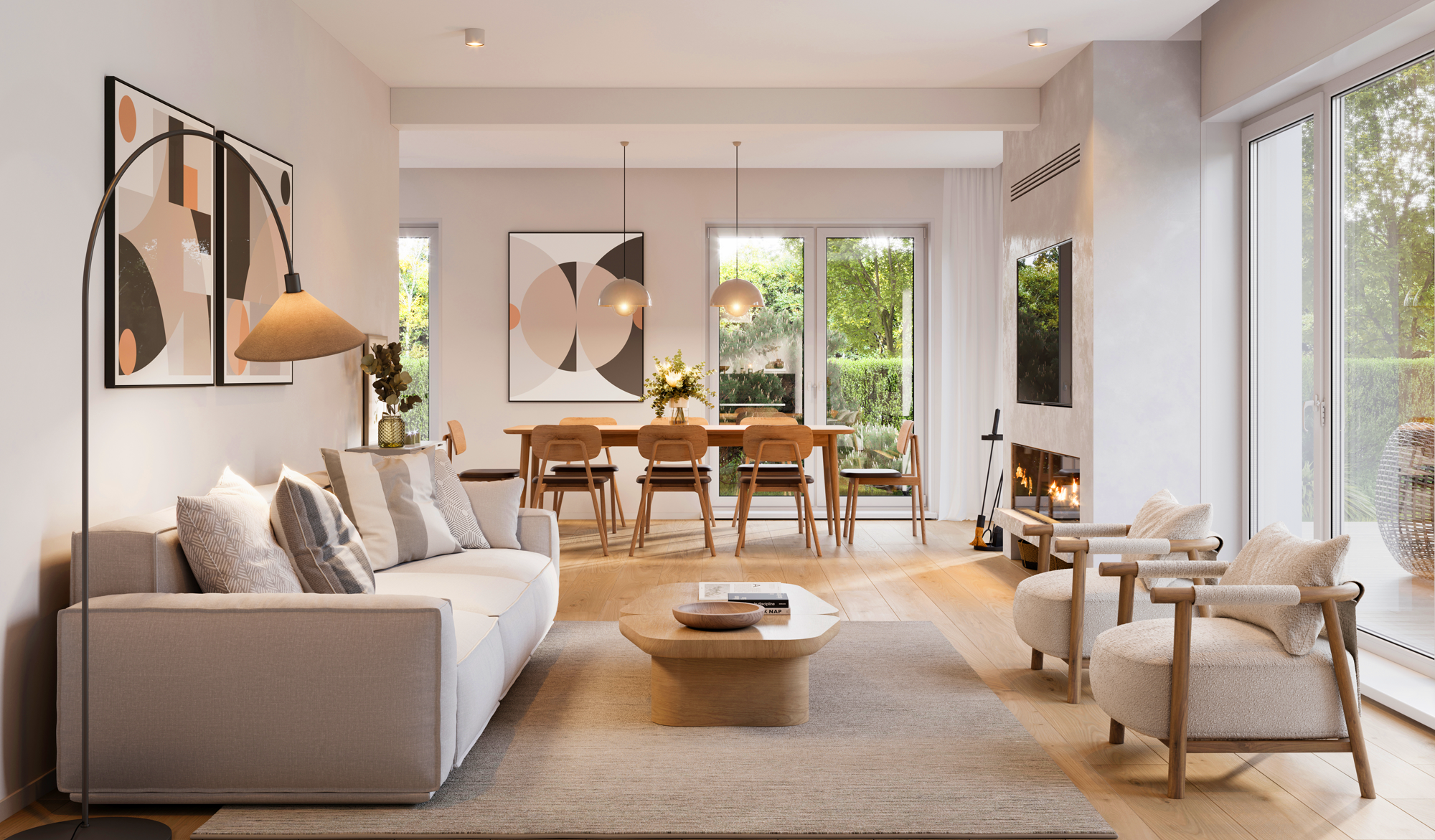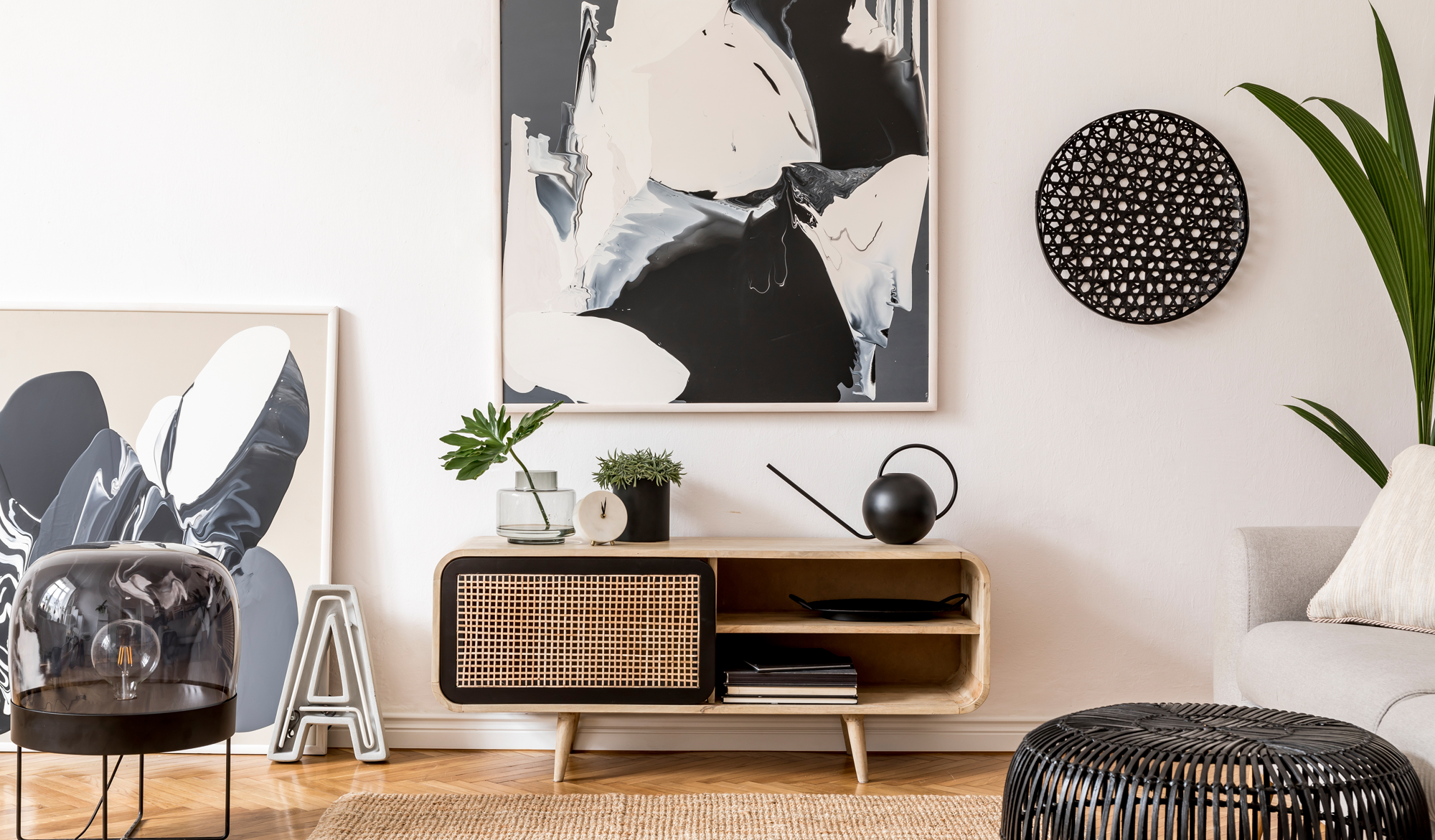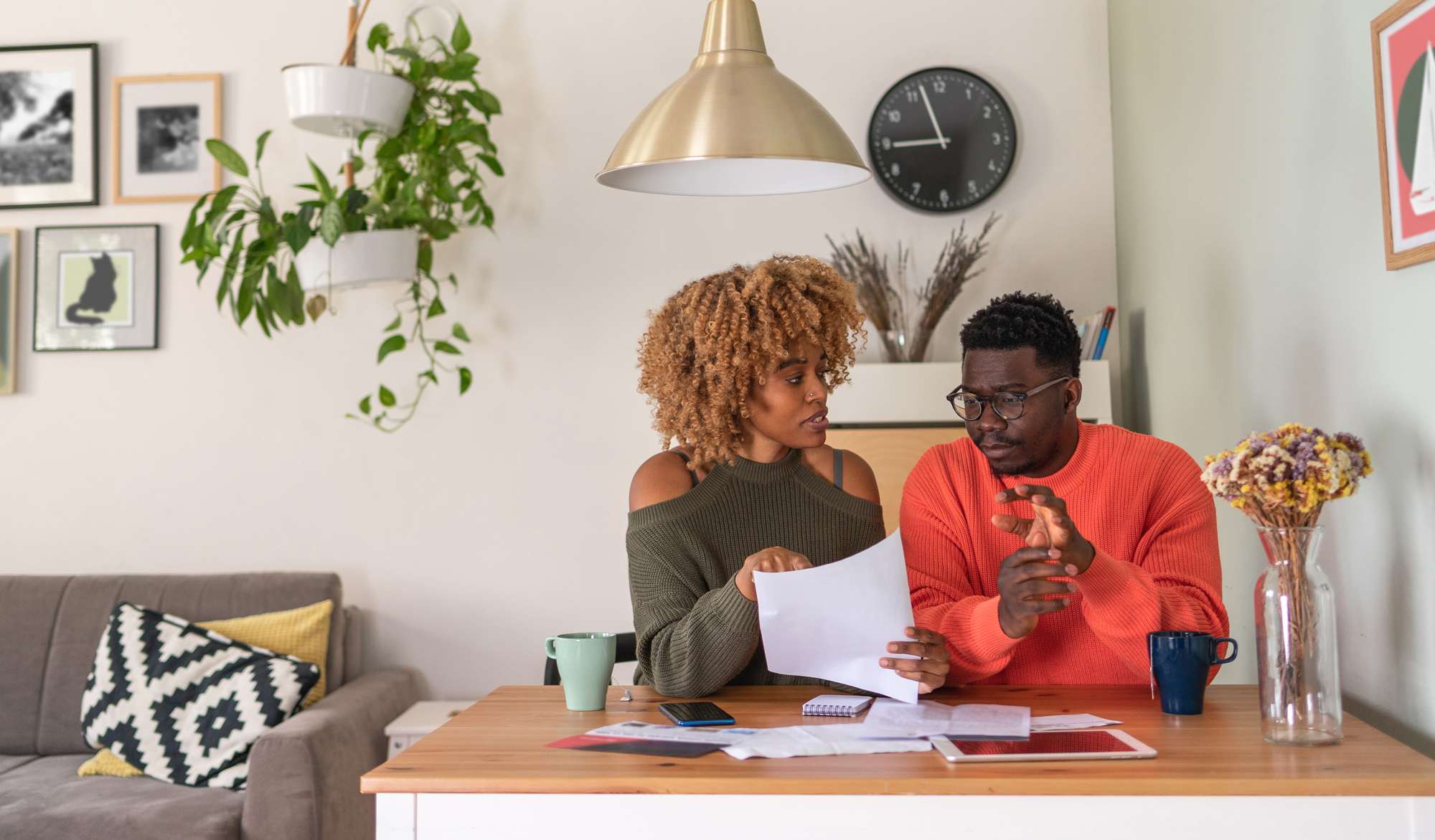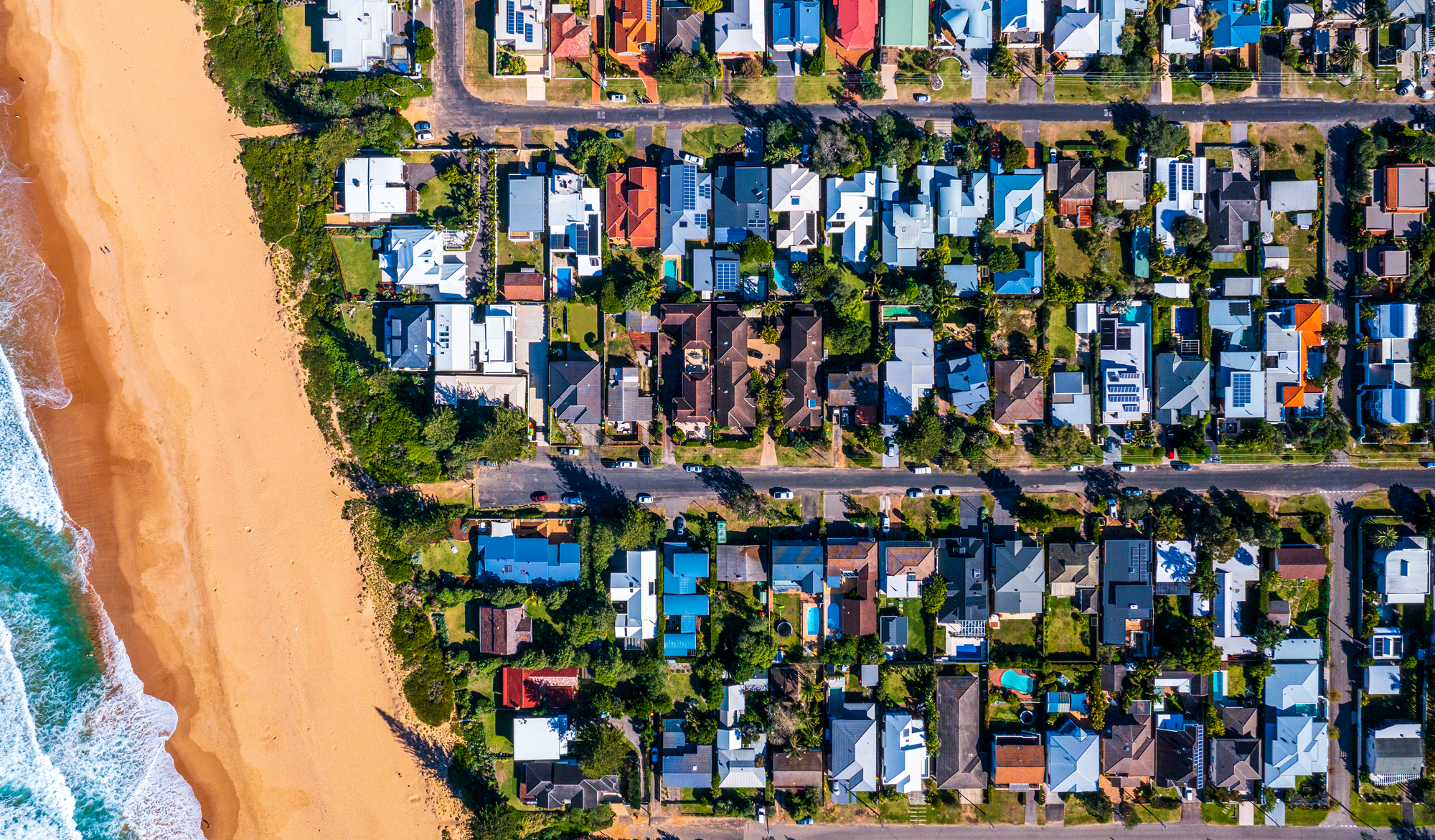Why property styling can increase your sale price
The property market is competitive. Prospective homeowners spend their weekends racing from suburb to suburb hoping to find their dream home.
To secure a top sales price (and help stay calm) industry experts recommend vendors do all they can to prepare their property for market.
This means decluttering, cleaning, repairing, landscaping, and last but not least, styling your home.
Styling is a key step that can help elevate your property, attract buyers, and maximise your sales price.
Why style a property?
McGrath sales agent Stella Doumanis has spent over a decade living and working in Sydney’s prized eastern suburbs.
Working in the trendy areas of Darling Point, Darlinghurst, Elizabeth Bay, Paddington, and Potts Point, Doumanis has helped vendors secure top sales prices through styling.
“It’s like going for a job interview,” she said. “If you’re going to go for a job interview, you’re going to groom, you’re going to zhuzh yourself up, and go to the interview.”
“You’re grooming your home for the same purpose.”
Vendors and real estate agents will often outsource styling to a professional design company.
Since 2010 Spatial Property Styling has been curating design direction for the Sydney property market.
“Professional styling helps you present your property in the best possible light, and will maximise the return on investment for your sales campaign, attracting the right buyers to the open homes and ultimately to bid on auction day,” said Joshua Reynolds, senior stylist at Spatial.
Styling is a strategic, creative tool that can help set your property apart in a competitive market. By putting the couch in the right position, adding plant life, or using lamps you can help buyers envision living in a space.
The emotional connection that styling can facilitate between a property and buyers often produces results at the point of sale.
“Some properties have been in the same family for over 25 years and it’s hard for those vendors to see the true potential,” said Create Expectations’ design manager Matthew Dine.
“But if they move everything out, give everything a fresh lick of paint and then stage it – the return on investment is absolutely phenomenal.”
The Melbourne-based interior design and property styling company has been applying its unique style to Melbourne’s property market for more than 20 years.
“We open things up, we sell the dream,” said Dine. “We create that kind of emotional connection to the property like ‘I want to live in here. I can see myself living in here. Let’s go to the auction, let’s do it’.”
The secrets of styling
Styling starts with a consultation. Professional stylists walk through the property, moving from room to room, inspecting everything from hallways to windows to the ceiling.
“As stylists we know exactly where and how the furniture should be laid out,” said Dine. “It kind of comes as a second instinct or natural instinct to us.”
The aim is to make each property presentable, creating a space that helps potential buyers picture themselves living in the home.
A bespoke styling strategy is tailored to each property that factors in the location, the right demographic of potential buyers, and vendor requests.
“Styling is not just a cookie-cutter approach – we inspect each property and plan a styling proposal to suit the individual quirks of the home,” said Reynolds.
While each property will have its own unique design direction there are guiding principles that underpin the styling process.
“Tricky floor plans and tight layouts can be minimised with strategic styling that focusses on maximising the natural flow of the home,” said Reynolds.
Create Expectations’ design manager Matthew Dine focuses on quality over quantity whenever he styles a property.
“With our bathroom and kitchen, our approach is more high quality than high quantity – beautiful little vignettes that sell the dream of what your bathroom could look like. Using things like a beautiful tray of soaps, loafers, and coral can really add a lot of elegance,” he said. “It’s very simple, very obvious styling but as long as it’s got quality to it, it really does create that lovely feeling.”
Styling helps communicate a message to buyers. This message tells prospective homeowners about the home’s functionality, its charm, and the lifestyle it lends itself to.
“We’re conveying the indoor-outdoor amenity, we’re conveying how you can entertain, we’re conveying how you could have a large family in different areas,” said Doumanis. “We’re combining a number of different messages depending on the room, the house, and the client.”
Five styling tips
- Depersonalise – when you remove personal items you help buyers imagine themselves living in their home, not your home.
- Reveal natural light – natural light creates a great sense of ambience, making rooms feel open and welcoming.
- Inject pops of colour – even with a neutral palette you can feature colour throughout your styling using art and accessories.
- Keep entrances open – by keeping entryways and thoroughfares clear and open you make the property feel larger and more inviting.
- Remember a rug – rugs help anchor a space, defining different zones and provide a not to be missed opportunity to add texture or colour to a room.
Classic, retro, or coastal: Which style suits your property?
Once you’ve decided to have your property styled, the next step is choosing a specific design style.
Going for coastal or urban, contemporary or classic, or bohemian or Scandinavian style will depend on a number of factors.
One of those factors is location.
“A professional property stylist will do their research on the area, the potential buyers, and then plan their aesthetic approach accordingly,” said Reynolds.
“A property in the laid-back but chic Northern Beaches would attract a completely different buyer to a trendy Inner West terrace house in Sydney – and the styling should reflect this,” he said.
In March 2021 Reynolds styled a two-bedroom apartment with a Georgian exterior in the Sydney suburb of Potts Point.
“We chose a simplistic neutral colour scheme which would fit the vendors brief,” he said. “We curated minimalistic accessories that added character and personality to the space.”
The modern, elegant urban residence, 6/16-20 Kings Cross Road was swooped off the market in just 6 days.
The other factor to consider is the design, layout, and architecture of the property itself.
“A big old, beautiful homestead interior might require some classic, beautiful antique pieces married with some contemporary touches just to elevate it a little bit,” said Dine.
“Then you get the beautiful Brighton Hamptons style properties where you can really use linen.”
Around 70% of Create Expectations’ jobs fall within the contemporary and the high-end contemporary category, with 10% of jobs geared towards classic and coastal.
“We like to use contemporary high-end furniture, lots of bespoke cushions and decor items and bed head and things to create that kind of contemporary feel,” he said.
The value of a home office
Since the pandemic, working from home has become standard practice making the home office a go-to in the property market.
“In many instances we will always try and define an area and present that as a home office area,” said Doumanis. “It could be part of an existing room, it could be a nook or it could be under the stairs.”
But how do you style a home office that appeals to buyers? There are two key guiding principles to style the dream home office.
Rule #1: Comfort
To be productive you need to be comfortable.
“Gone are the days of a small pokey desk chair, it needs to be big, it needs to be comfortable,” said Dine. “Someone needs to be sitting there for eight hours a day.”
Rule #2: Light
To stay motivated you need to be inspired.
“Everything needs to be orientated around the natural light,” said Dine. “The desk needs to be sitting under the window that kind of scenario.”
Partial, or full styling that’s the question
There are a number of styling options available to vendors who are preparing their property to go on sale.
If your house was originally styled by an interior designer, you might think that bringing in professional stylists isn’t entirely necessary.
For other vendors a mix of original furniture with styled items may be the preferred option.
“Partial styling usually happens when the clients are living in the property and they need the key pieces to stay,” said Dine.
“For example the giant three and a half metre dining table that has been in the family for 25 years that they really don’t have space to store.”
The idea behind partial styling is that it’s a blend of the vendor’s furniture and the stylists.
“It’s a really beautiful opportunity to use original artwork, quirky accessories, and decor items,” he said.
For vendors who have already vacated the property or a willing to empty it, a full style job is another option.
“A full styling option tends to deliver the best result as all furniture and accessories are collated and presented as a package,” said Reynolds.
The best option for sellers – partial or full styling will also depend on the property itself.
Real estate agents and stylists can offer consultations after inspecting the property one room at a time.
“If we feel that the look of the room or the whole property isn’t working then we’d get removalists in, pack everything up, do a clean skin, and then just get some styling in to show how it could best be presented,” said Doumanis.
How much does it cost to style your property?
As with most services, the cost of styling depends on a couple of factors – whether you take on full or partial styling, the size of the property, and the inventory required.
Getting your property professionally styled can start from $2,000 to upwards of $6,000, according to Domain and realestate.com.au.
Spatial’s styling packages vary depending on the furniture and accessories a styling job requires.
Starting from $3,000 for a one-bedroom property to $7,000 for a 4 bedroom, 2 living room property, the costs cover consultation, furniture rental, delivery, installation and collection.
Should you style your property for the market?
“My recommendation would be that if you can afford it, definitely go with the styling,” said Doumanis. “It does make a big difference.”
There is never a guarantee that you’ll make a return on your investment but the industry, statistics, and past experience suggest that styling pays off at the point of sale.
“The initial investment of professional property styling more than pays for itself,” said Reynolds. “By creating an ‘aspirational lifestyle’, it allows potential buyers to get a taste of the life they could be living, creating a strong emotional connection with the property.”
An LJ Hooker survey of LJ Hooker found that 83% of top agents believed styling can add over 2.5% to a property’s sale value.
For properties that sell for $700,000 that’s an additional $17,500 on top of the sales price. If your home hits the $1million mark that’s an added $25,000 to the property’s value.
According to OpenAgent styling has the potential to deliver vendors an even greater return, reporting an average increase of 7.5% to 12.5% on the final sale price for properties that were professionally styled.
If you’re wanting to make the investment but are unsure of your financial capacity to commit, you might consider a buy now, pay later offering like ListReady.
The pay later solution can cover vendors for up to $35,000 worth of listing expenses, removing the burden of upfront costs.
Learn more about how to elevate your property and visit ListReady today.


 Team MONEYME
Team MONEYME ">
">
 ">
">
 ">
">